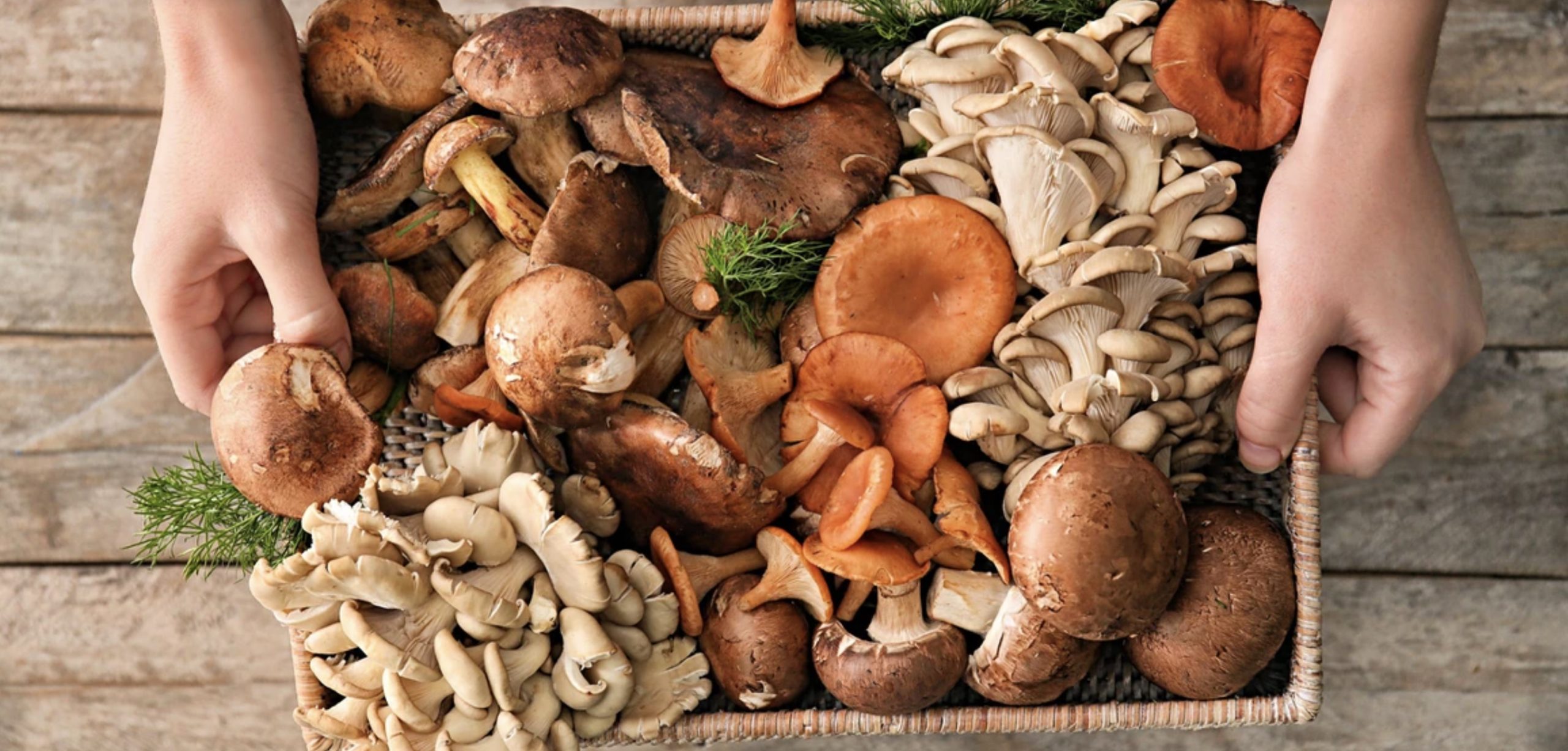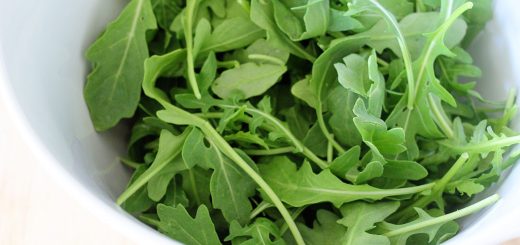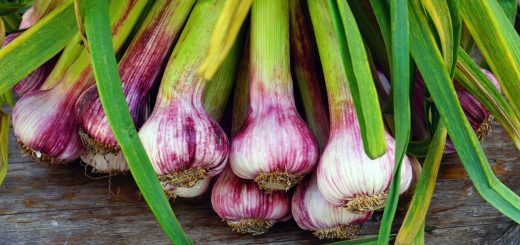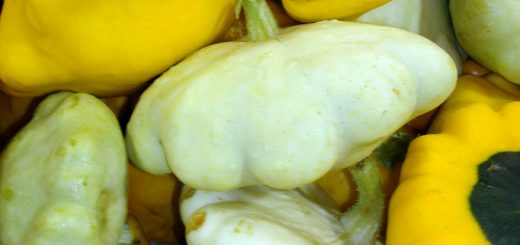Mushrooms

Mushrooms are one of a very large, diverse group of organisms called fungi. They are similar to plants but lack chlorophyll, so they cannot produce food for themselves through photosynthesis. Mushrooms are decomposers that absorb nutrients from materials such as compost, leaves, decaying wood, and soil.
There are many types of mushrooms, varying in size, shape and color, with surfaces that range from smooth and silky to pitted and honeycombed. The most common and readily available are the cultivated white mushrooms, which have a mild flavor and can be used in many types of dishes. Wild mushrooms, such as chanterelle, morel, shiitake, portobello and oyster, will provide a more intense and exotic flavor. Generally, mushrooms contain 90 percent water and have few calories. The fat and carbohydrate content is minimal and they do not contain any cholesterol. They are rich in protein and contain vitamins such as B, C and D, while a few contain vitamin A. Be aware that some of the vitamin values are destroyed during the cooking process.
Check out recipetips.com for a complete guide to identifying and cooking with culinary mushrooms.
Mushrooms can be fried, sautéed, or stir-fried on their own and eaten as a side dish or used to top an entrée. Mushrooms are also popular as an ingredient in salads, soups, sauces stir-fries, meat dishes, and other main dishes.
If storing in the refrigerator, do not clean them before storing. Store uncleaned mushrooms in a paper bag or their original container. Do not store in plastic or airtight plastic containers, which causes them to retain moisture and decay faster. Keep them in the refrigerator for 3 or 4 days. It is best to eat them as soon as possible.


